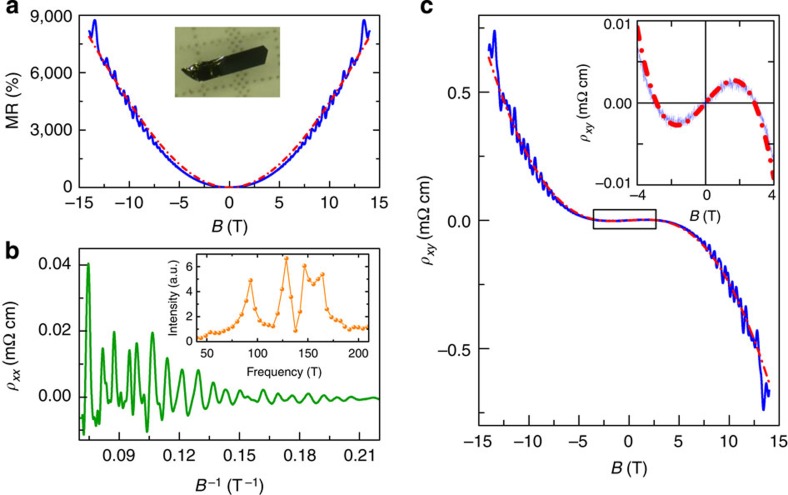Figure 1. Magnetotransport of bulk WTe2.
(a) Longitudinal MR of bulk WTe2 showing a non-saturating, quadratic field dependence—as expected from the classical theory for a compensated semimetal (here and in panel c, the blue line represents the experimental data and the red dashed-dotted line the theoretical fit with equations (2) and (3), respectively). SdH oscillations are also clearly visible. The inset shows an optical image of a WTe2 crystal (the scale of the graded paper is 1 × 1 mm). (b) SdH oscillations obtained by subtracting the quadratic background from the longitudinal resistivity, plotted as a function of B−1. The dominant peaks in the frequency spectrum, shown in the inset, occur at 93, 129, 147 and 164 T, in virtually perfect agreement with very recent work11,12,13,14. (c) The Hall resistivity, ρxy, exhibits a very unconventional behaviour: it is linear at low B (see inset), proportional to B3 at high fields, and changes sign at ∼B*=±3 T. This rich behaviour—that had never been reported previously for any semimetal—is perfectly captured, at a quantitative level, by equation (2) in the main text (represented by the red dashed-dotted line). All measurements shown here have been performed at T=250 mK.

